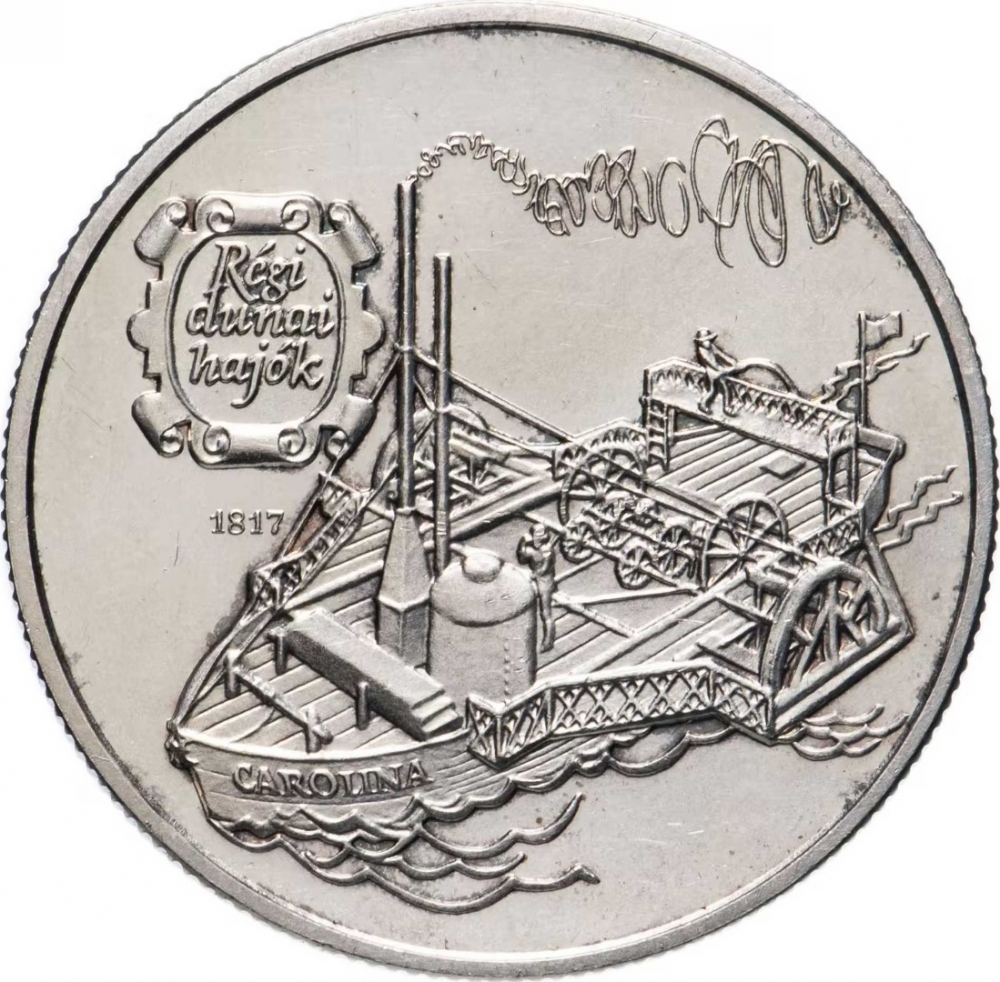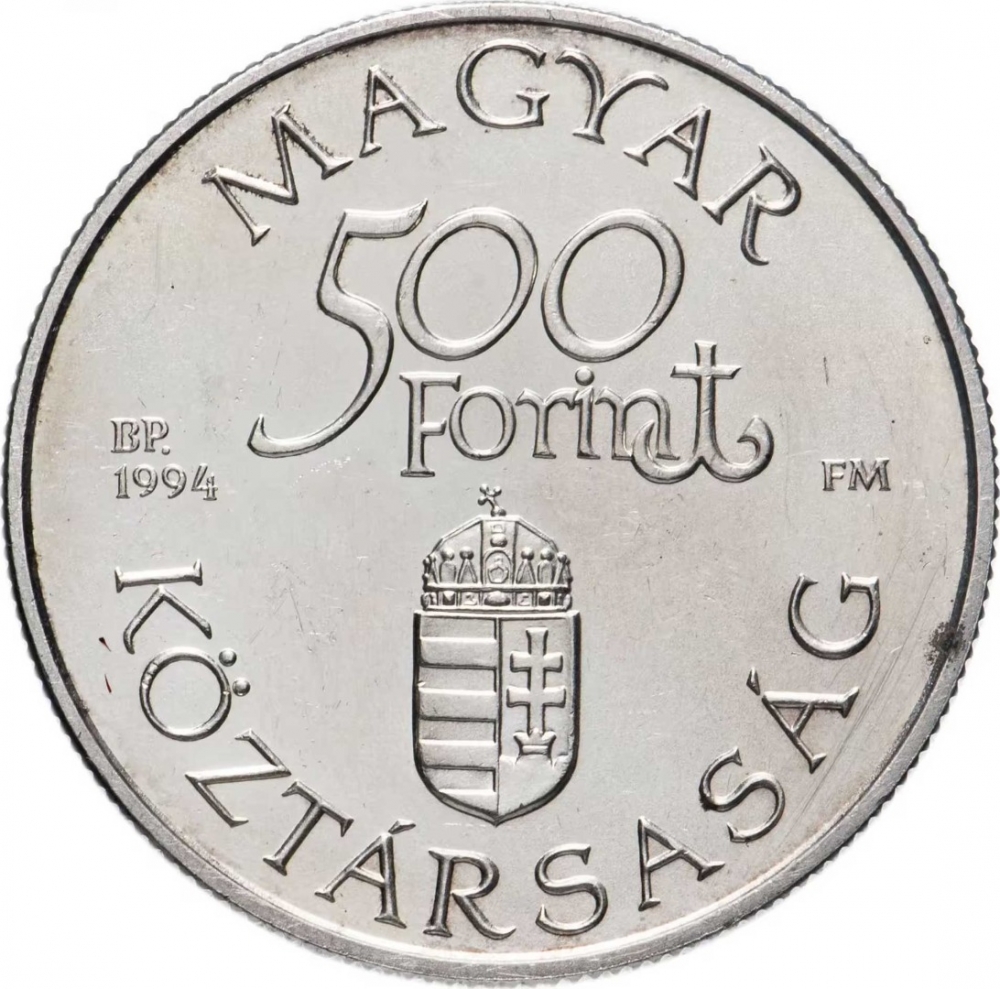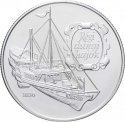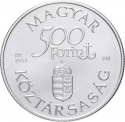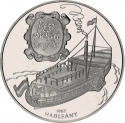You are about to finish your registration. Please check your mailbox (including spam folder). There should be a letter with a confirmation link. Check setting to make sure that your e-mail address is correct.
Send letter againDescription
The Carolina, the inaugural steamship on the Danube, was constructed by Antal Bernhard, a resident of Pécs, near the Drava River in Sellye. It was launched on March 21, 1817, and towed to Vienna before arriving in Pest for the first time on September 5 of the same year.
Measuring 13.37 meters in length, 3.16 meters in width, and with a draft of 1.02 meters, the Carolina played a pivotal role in initiating river navigation in Budapest on July 16, 1820. Equipped with a modest 17.7 kW steam engine and a small hull, passengers were ferried on a connected barge due to limited space. Despite its intended use as a tugboat, its performance fell short, leading to its service in transporting passengers between Pest, Buda, and Óbuda. Operating twice daily, the vessel could achieve speeds of 3.4 km/h upstream and 17 km/h downstream on the Danube, carrying cargo weighing 488 metric tons.
However, due to its limited passenger traffic, attributed to the affordability of bridges, the Carolina's operation was confined to the navigation season. Ultimately, it was returned to the Drava River, where it was last sighted as a wreck in 1824.
Engraver: Mihály Fritz
Obverse

|
Depicts one of the earliest Hungarian steamships, known as "Carolina," navigating the Danube. On the left side, there's a decorative border featuring the coin series title, "Old Danube Ships," presented in three lines, with the year of its launch visible below. Régi |
|---|---|
Reverse

|
Depicts at the center the coat of arms of the Republic of Hungary, below which is the denomination. The last letter of the word "FORINT" is depicted in the shape of an anchor. Aligned with the inscription, on the left side, the mintmark "BP" is positioned, beneath which is the year of issue, and on the same line, on the right side, are the initials "FM" representing the designer's name. MAGYAR |
| Edge |
500 Forint
Third Republic
Old Danube Ships
Carolina
Subscribe series
KM# 707 Schön# 213 Adamo# EM134
Old Danube Ships
Carolina
